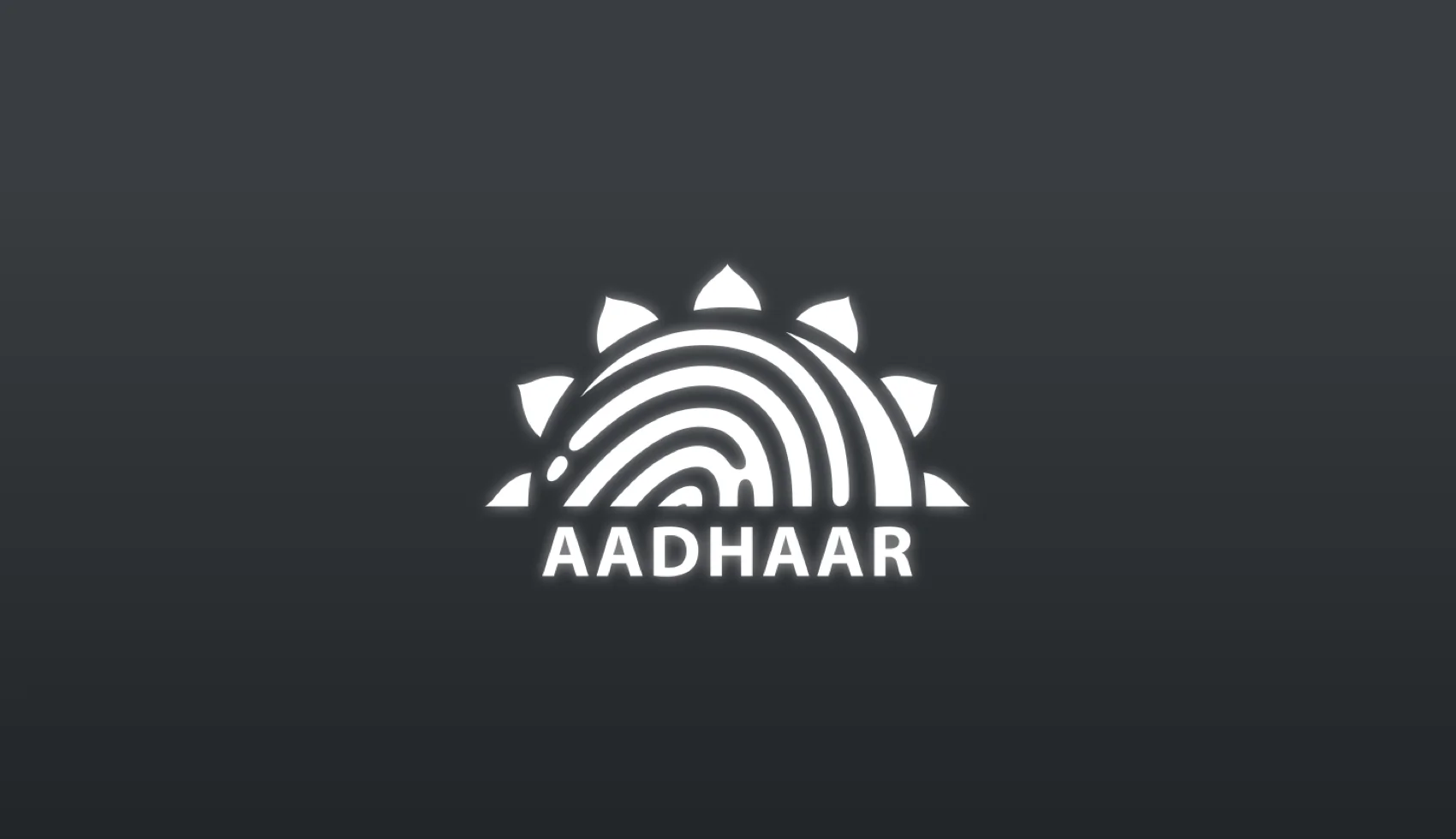Recently, the integration of Aadhaar with various financial instruments has become crucial in ensuring seamless and secure transactions. One such essential process is linking Aadhaar with your demat account.
This article offers a proper guide on how to link them both, highlighting the significance and steps involved in this process.
The Importance of Linking Aadhaar

Linking Aadhaar with a Demat account is a regulatory requirement that offers several advantages. This provides investors with numerous advantages. Firstly, it increases security by adding a layer of protection, which reduces the risk of unauthorised access and fraud. Secondly, it facilitates seamless transactions, ensuring faster and more efficient processing, which minimises delays.
Additionally, the Aadhaar linkage simplifies the KYC process, as it serves as a universal document, eliminating the need for multiple documents. Moreover, this is a regulatory requirement. It helps maintain a transparent and secure financial environment.
Adhering to these regulations prevents penalties and ensures uninterrupted access to financial services. By linking the UID number, investors can ensure that their accounts are compliant with regulatory norms, thereby avoiding any potential disruptions in their trading activities.
Steps to Link Aadhaar with Your Demat Account
The process of linking Aadhaar is simple and can be achieved via a few simple steps. Here’s a detailed guide to help understand through this process:
- Log in to Account: Start by logging into your demat account through your Depository Participant’s (DP) online portal or mobile application. If you don’t have an online account, you may need to register for one with your DP.
- Go to the Aadhaar Linking Section: Once logged in, look for the section related to account settings or personal information. Within this section, you should find an option to link your Aadhaar. This option might be labelled as ‘Aadhaar Linking’, ‘Update Aadhaar’, or similar.
- Enter Your Details: In the linking section, you’ll be asked to enter your 12-digit UID number. Double-check the number to ensure accuracy before proceeding.
- Verify Your Details After entering your UID number, the system will fetch your information for verification. This step ensures that the details in your Demat account match those in your Aadhaar records. If discrepancies are found, you may need to update your information accordingly.
- Complete OTP Verification: To authenticate the linking process, you will receive a One Time Password on your registered mobile number with Aadhaar. Enter the OTP in the said field on the portal to verify your identity.
- Confirmation: Once the OTP is verified, you will receive a confirmation message. This will show that your Aadhaar has been successfully linked to your Demat account. You may also receive a confirmation email or SMS from your DP.
Solutions for Overcoming Linking Common Challenges
Linking Aadhaar with a Demat account, though seemingly straightforward, can present investors with specific challenges. One frequent issue is the mismatch of personal details in the records, such as discrepancies in the name or date of birth. To avoid this, it’s important to verify that all details match exactly.
Another common problem arises when the mobile number registered with Aadhaar is no longer active. In such cases, it’s important to update the mobile number with the UIDAI before attempting to link the accounts. By addressing these issues, investors can ensure a smoother linking process.
Linking Aadhaar with a Demat account is a vital step in ensuring the security and compliance of financial transactions. Whether through online, offline, or SMS methods, the process is designed to be straightforward and accessible. By understanding the importance of and following the correct steps, investors can easily link their Aadhaar, thereby securing their investments and enjoying seamless trading experiences.
Related Articles:
